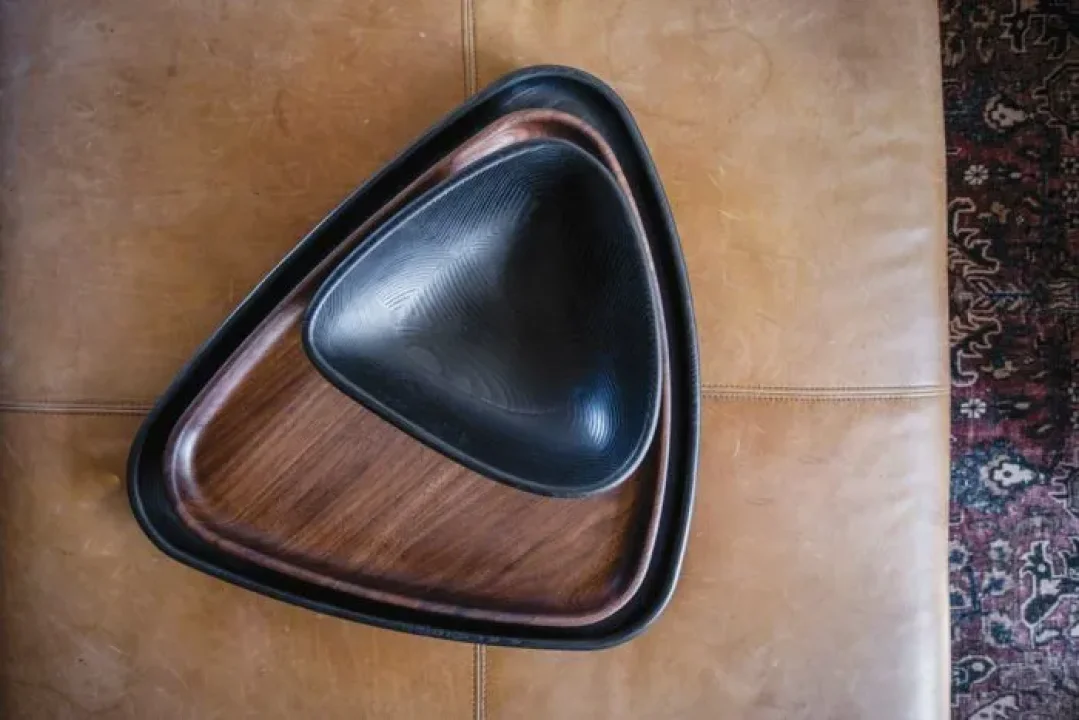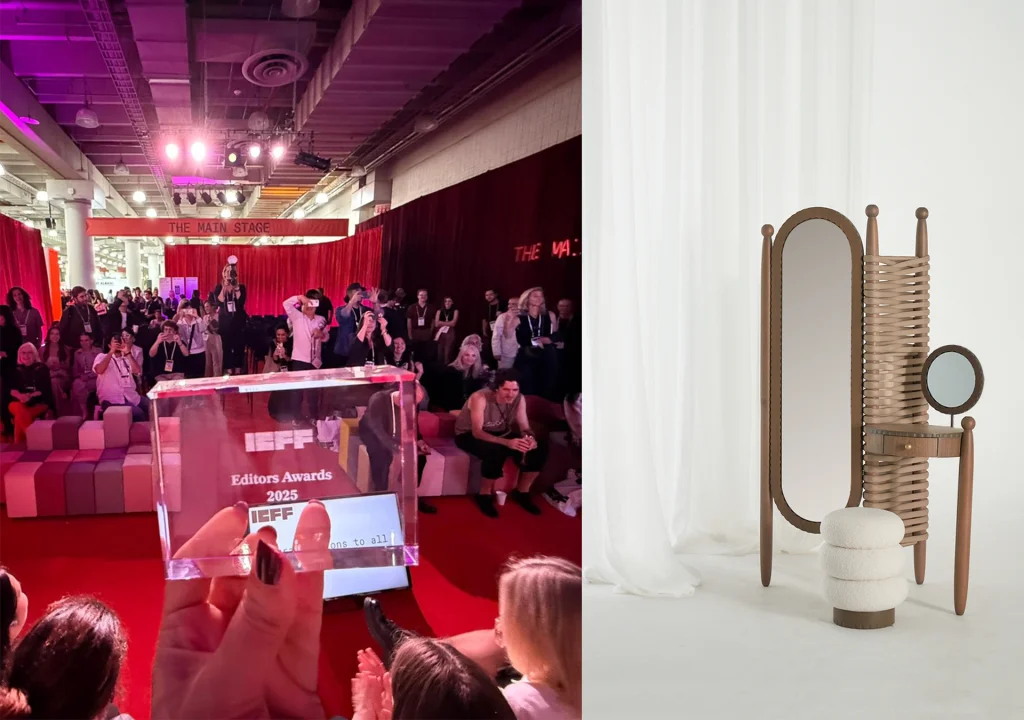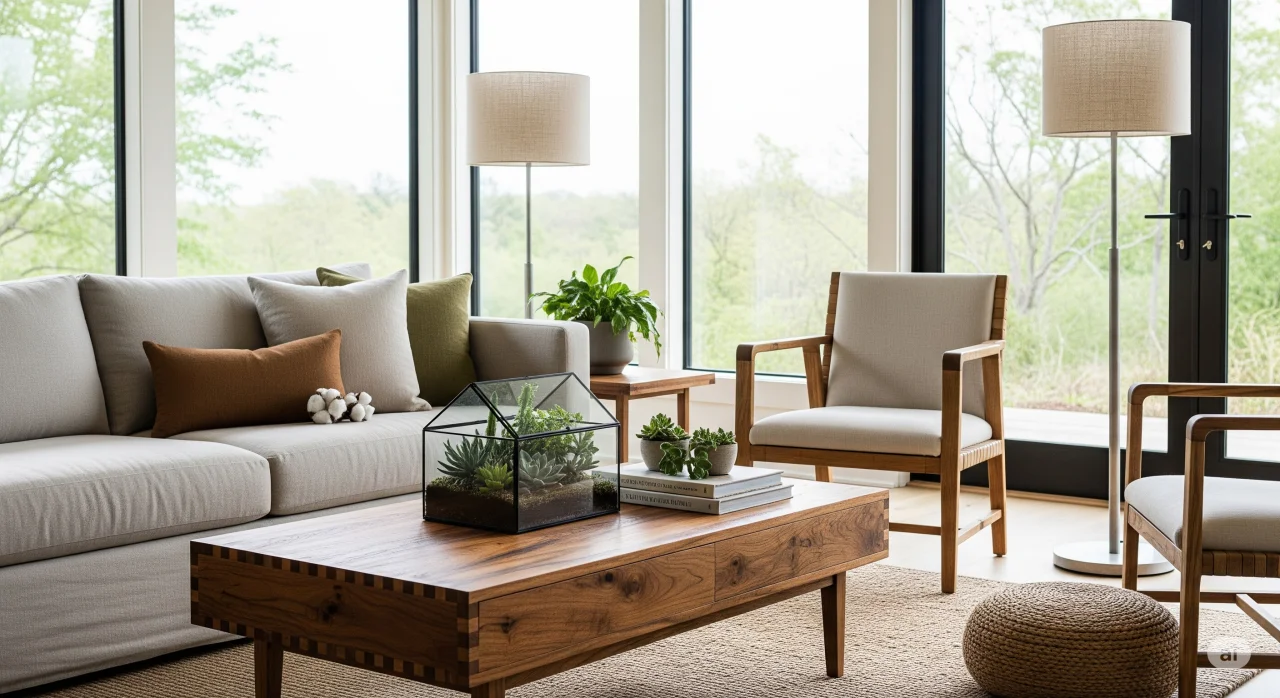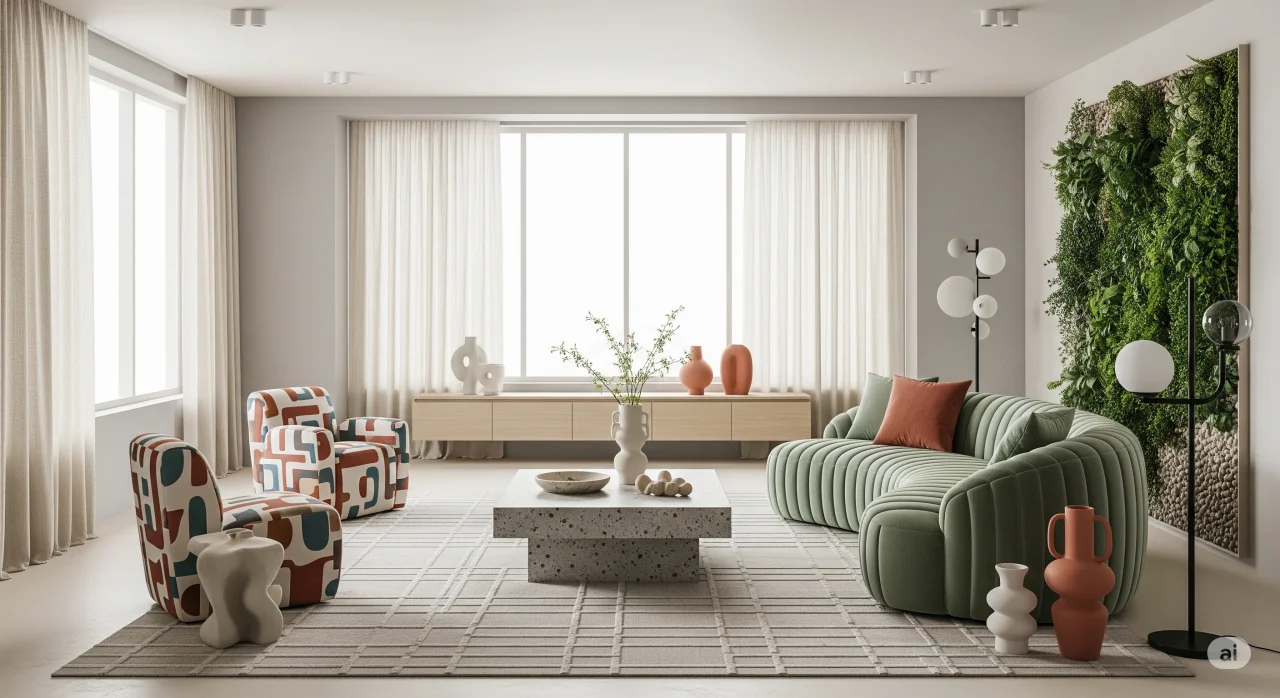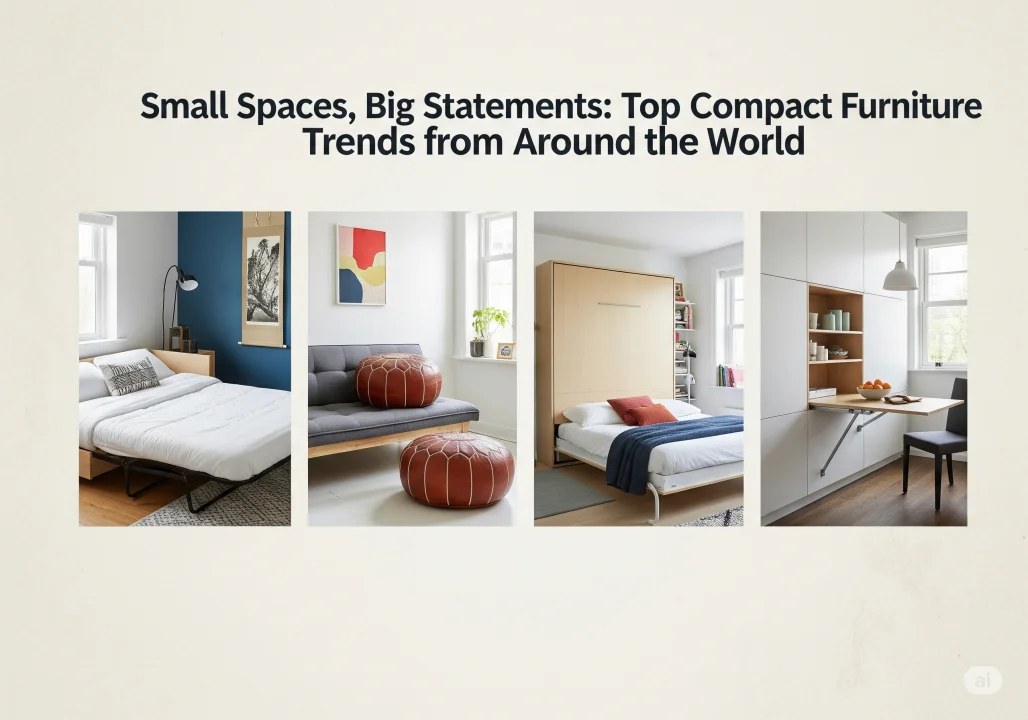When Justin Nelson founded Fernweh Woodworking in Bend, Oregon, in 2014, he was coming off four years of service in the Marine Corps and a season working on a Forest Service Hotshot crew fighting wildfires. His woodworking experience had been limited to making tobacco pipes. “I didn’t know what the business would look like,” Nelson recalls, “but I liked the idea of independence after government jobs.”
After a quick lesson on using a table saw from his brother-in-law, Nelson started out by “making knick-knacks, learning on YouTube, and blundering through, working 70 hours a week.” A couple of years in, he discovered the work of Sam Maloof, and it was a game-changer. “It boggled my mind,” Nelson says, and it inspired him to shift his business focus to furniture making. He found a passion for designing and creating functional, beautiful furniture pieces.
Today, Nelson works with a team of four in a 2,000-square-foot shop, where furniture is their main product. He has developed a special fascination with chairs. Inspired by 20th-century masters Hans Wegner and Finn Juhl, Nelson traveled to Denmark to visit shops where Wegner’s iconic furniture is still made. He was deeply impressed by the craftsmanship, teamwork, and the blend of manual and mechanized approaches to furniture making.
At Fernweh, Nelson strives to foster a similar ethos. “It’s a team of woodworkers,” he explains, “and I’m somewhere in the middle.” When asked about the meaning of the company’s name, he shares, “Fernweh is a German word that roughly translates to ‘homesick for a place you’ve never been.’ To me, it’s the feeling I get when we’re working on a new design.”
Triangular Diversification
As the pandemic ended and sales slowed, Nelson began exploring ways to diversify his business. His nesting coffee tables and triangular bowls and trays, products of this moment, were created to offer an accessible entry point for new customers.
Production Piece
Nelson’s tripod table, the first piece of furniture he designed with production in mind, was, according to him, “heavily inspired by Sam Maloof’s joinery techniques.” When the legs are turned to a taper, a chunk of the blank is left unturned at the joint. After joining the pieces with slip tenons, the junction is shaped using a grinder and rasps. What started as a routed tabletop using a circle jig is now relieved by a CNC machine.
This article highlights the evolution of Fernweh Woodworking, Justin Nelson’s journey into furniture making, and his vision for the future of woodworking.

